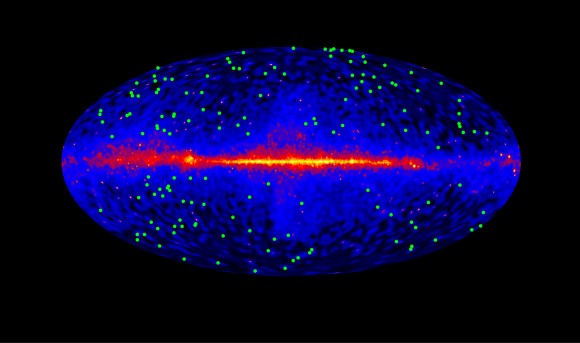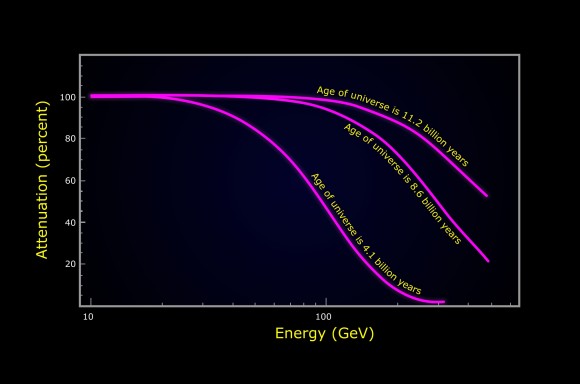_________________
Time lapse: stunning Australian skies over a pathfinding array
Phil Plait | Bad Astronomy | 03OCT12 9:58 AM
- In the Australian Outback, hundreds of kilometers from the noise and lights of any city, stand three dozen radio telescopes, each a dozen meters across. Working as a single unit, they patrol the skies looking at cosmic objects emitting low-energy light.
Photographer Alex Cherney visited this remote observatory and created a really lovely time lapse video of the telescopes at work:
The telescopes taken together are called the Australian Square Kilometre Array Pathfinder, or ASKAP. The Square Kilometer Array is a project currently underway in Australia and South Africa to create the largest radio telescope in the world. ASKAP is a testbed for SKA, used to check out various technology and techniques that SKA will employ. But ASKAP is a full-fledged observatory in its own right, and will add to our arsenal of instruments peering into deep space.
The video is beautiful, and as always when I watch these from Australia, I’m overwhelmed by the southern skies. The stars are different than the ones we see up here, but it’s not just that. What always gets me is how, from my own experience, the motion is backwards! When I want to see Orion from my home I face south; it rises on my left, moving to the upper right. But in Oz, it rises on the right and moves to the left! Things are flipped when you’re upside-down relative to what you’re used to… and that’s driven home by seeing Orion standing on his head!
And the Milky Way. Wow. The center of our spiral galaxy never gets very high from Boulder, but in Australia it passes well overhead, freed from the haze and murk of the horizon. Blazing gloriously, in it you can pick out nebulae, dust clouds, and more as you gaze over tens of thousands of light years of interstellar space. Alpha and Beta Centauri, the Coal Sack, the Large Magellanic Cloud… all of these are easy to spot to the trained eye.
Every time I’m at a dark site and I look out into the sky, I soak up its beauty and am awed by it. But more than that, I know what I’m looking at. Knowledge adds another dimension to what you see, a profound sense of connection and understanding that warms the brain and the heart.
Learn everything you can. Not just about astronomy, but everything. Don’t be afraid of knowledge; revel in it. Far from taking away any beauty or art from the world, it makes life richer, and far, far more wonderful.



















